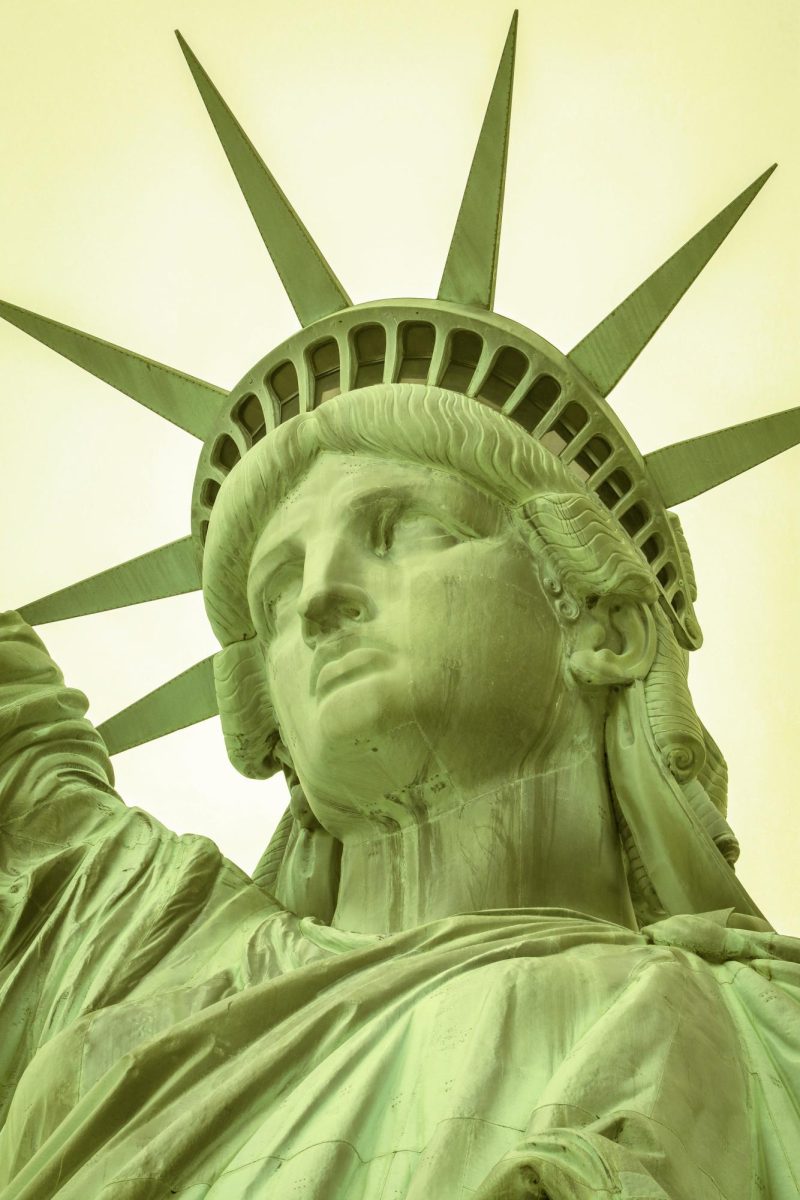The Electoral College, composed of the 538 electors distributed to each state according to its population, is tasked with electing the president based on the result of the popular vote in their state. The Electoral College uses a winner-take-all system meaning that if a candidate wins at least 50% of the popular vote in a state, they will earn all of those state’s electoral votes. According to Britannica’s “Electoral College Pros and Cons”, the Electoral College was implemented at the Constitutional Convention as a compromise between electing the president in Congress or by the people. Each state gets a minimum of three electoral votes, with the remaining votes divided by population. While this sounds fair in theory, it actually results in those in smaller states having a louder “voice”, because each elector represents fewer voters. As explained by GCP Grey’s video “The Trouble with the Electoral College”, if the electors were divided perfectly evenly by population, each elector would represent 574,000 voters. However, based on the minimum three electors rule, large states like California are short of 10 electors, while small states like Rhode Island have two extra electoral votes. Another issue with the Electoral College is that as a result of candidates being able to count on most states voting either red or blue, they only pay attention to key battleground states. Non swing states are nearly ignored on the campaign trail.
The Electoral College was created in a time when the people did not always have the ability to fully educate themselves on the candidates. Alexander Hamilton believed that the Electoral College would serve as a buffer if a corrupt candidate persuaded the people to elect them. With so much access to political information now, through online news, social media, and nationally-televised debates, this is a nonissue. A system that has the ability to elect a candidate who only wins 22% of the popular vote and allowed a candidate who lost by millions of votes in the popular vote to become elected is broken. In an ideal world, the Electoral College would be abolished, as it has become obsolete, and a majority of Americans support the movement. At the very least, it must be reformed so that each voter is represented more evenly, even if that means certain states have only one vote.




